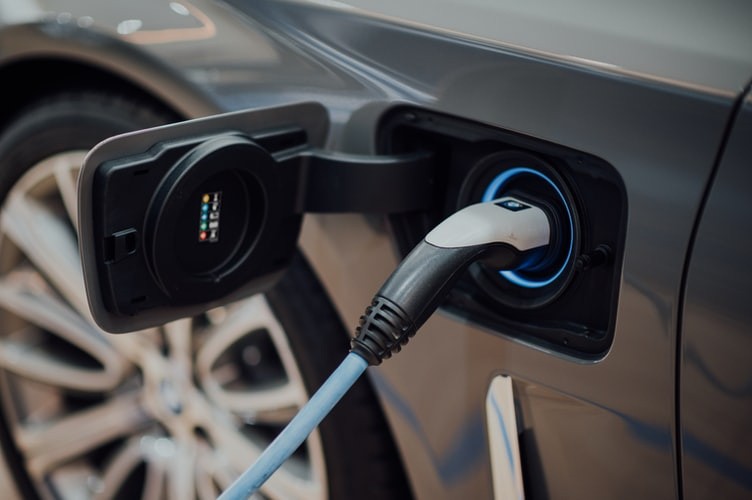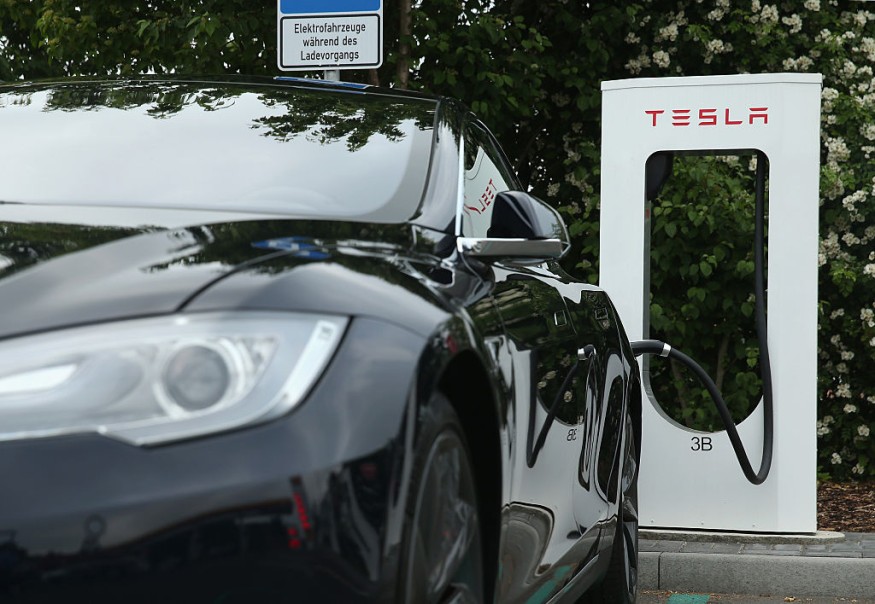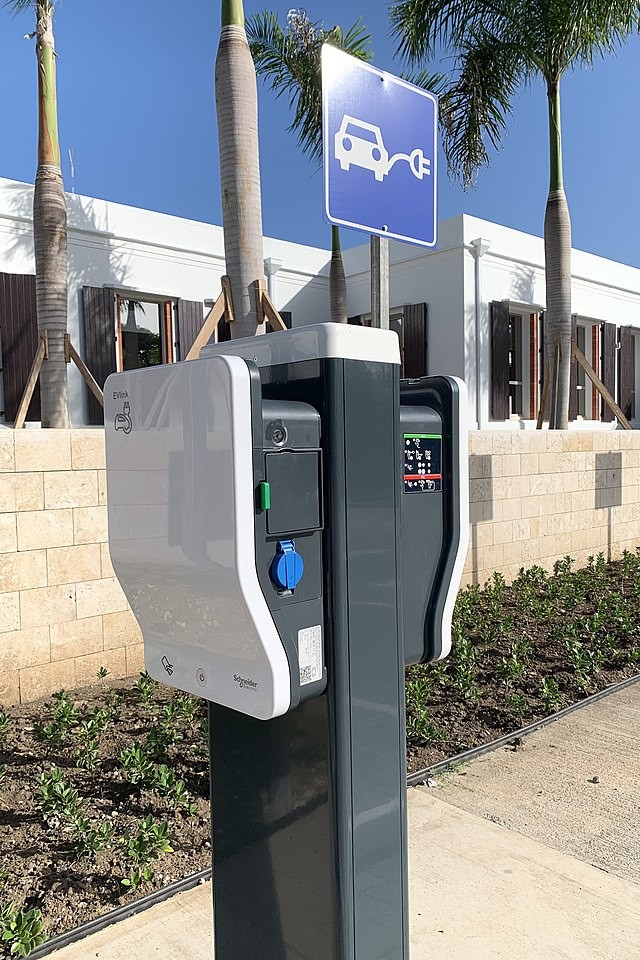One advantage of owning an electric vehicle is easily recharge it at home for a night when power demand is low, and electricity prices are meager.
However, this type of evening charging may not be as cost-effective for much longer.
According to a recent Stanford University research, it might put further strain on the electrical system as the state pushes for a significant increase in EV sales to reduce carbon emissions.

Global sales of electric vehicles have remained strong so far in 2022 despite breaking records last year.
However, the International Energy Agency warns that to ensure continued growth, more work will need to be done to diversify the supply of critical minerals and manufacture batteries to lower bottlenecks and price increases.
Charging at Home

The cheapest option for charging EVs overnight at home might not be available much longer.
By 2035, when California will have outlawed the sale of new gasoline-powered passenger vehicles, experts believe the impact of increased EV ownership in the western United States might increase electricity consumption by as much as 25%. That entails charging after midnight. It will become more expensive, forcing utility companies to increase their electricity generation.
The study suggests that more EV charging should take place in the middle of the day, either at work or in public locations, when wind and solar energy supplies are at their highest and can occasionally provide more electricity than the system can handle.
According to Ram Rajagopal, an author of the study and an associate professor of civil and environmental engineering at Stanford, state officials should "consider utility rates that encourage day charging and incentivize investment in charging infrastructure to shift drivers from home to work for charging."
One of the greatest alternatives for reducing climate-damaging carbon emissions is transitioning American drivers from gasoline and diesel vehicles to battery power. Getting there won't be easy or painless.
Costs for EVs, like those produced by Elon Musk's TeslaTSLA -4.1%, continue to be significantly pricier than conventional cars and prohibit most mass-market consumers from purchasing them. There isn't enough public charging infrastructure to power millions more EVs.
Additionally, it could be challenging to locate all the lithium and other metals required for their batteries.
EVs in the US

More than a million battery-powered cars, or nearly 6% of all passenger vehicles on the road, are already in operation in California, the largest EV market in the United States.
By 2030, the state hopes to increase that number to 5 million, or around 30% of the market. If additional capacity isn't provided and charging habits don't change by then, Rajagopal predicted that the electrical system will "face substantial stress."
Due to the popularity of EVs in that region, California and the western U.S. states will probably see the effects sooner. Still, the researchers said the rest of the country would also need to make comparable modifications to adapt the move to EVs.
The Bits & Watts Initiative, National Science Foundation, California Energy Commission, and Volkswagen all contributed funds to the study's funding.
Related Article : Environment Friendly Electric Cars are Improving for the Better
For similar news, don't forget to follow Nature World News!
© 2025 NatureWorldNews.com All rights reserved. Do not reproduce without permission.





